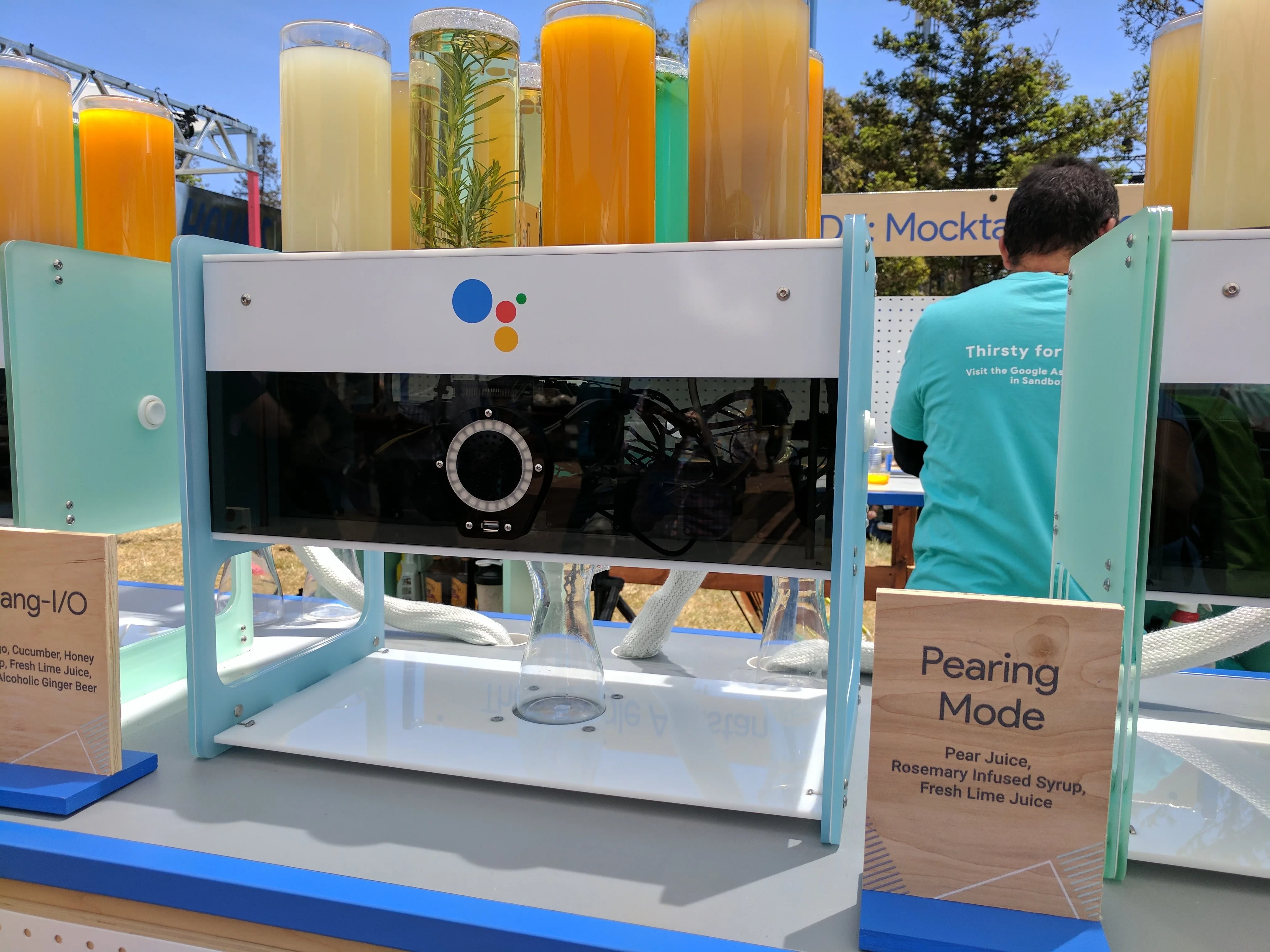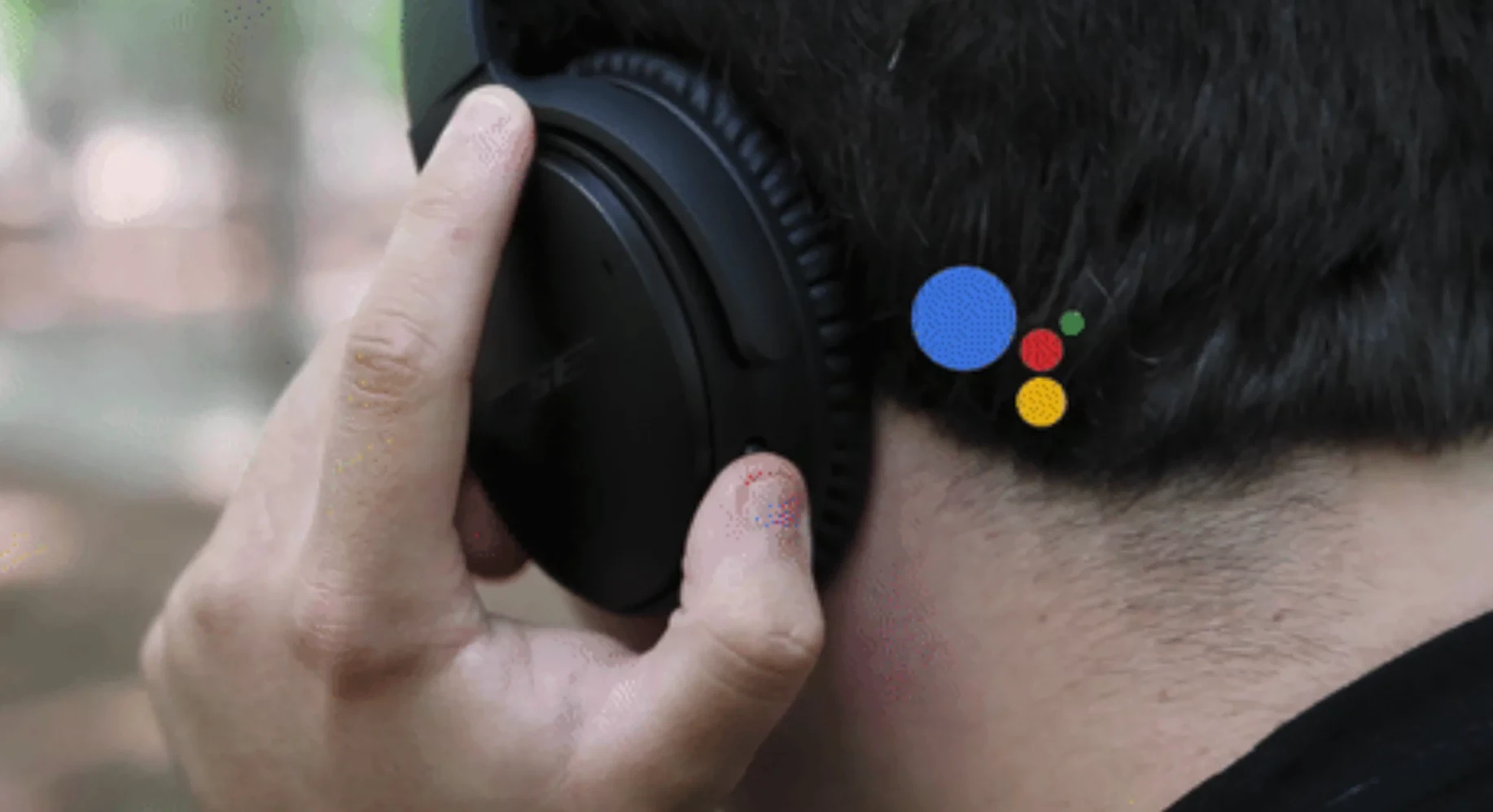The ongoing battle for which tech giant will listen to you in your home is getting more intense with new announcements from Amazon, Microsoft, Google, and Apple. Check out my latest post on Justia's blog for more details about these announcements.
Just under a year ago I wrote about Google’s official release of Google Home and the Google Assistant and compared the top four voice assistants: Apple’s Siri, Amazon’s Alexa, Microsoft’s Cortana, and Google Assistant. More recently, the ongoing battle by these tech giants for the honor of being your personal assistant for your life, has started heating up with a few new developments.
Amazon Alexa on More Devices
Amazon has been steadily adding Alexa to other devices in their repertoire.
In April, Amazon added the Echo Look to their Echo line, this version of the Echo adds a camera and is specifically designed to offer the user fashion advice based on their clothing selections.
Also in April, Amazon announced that it would begin licensing the microphone and voice processing technology of the Echo to third parties to make their own Alexa enabled devices and a number of such devices have come available.
In June, Amazon released a new version of their Dash Wand, a scanner used to quickly add items to your Amazon shopping cart by scanning or doing voice search. This new version adds Alexa support right to the wand. The previous version had voice search for products, but it was limited to searching for items and gave no verbal feedback. This new version makes for an extremely portable version of Alexa as the Dash Wand easily fits in a pocket. Unlike the Echo however, the Dash Wand is not voice activated, you must press a button in order to interact with Alexa.
Also in June, Amazon announced a new Echo with a screen known as the Echo Show. While more expensive than the previous versions of the Echo, the added screen allows the Echo Show to present more information to the user.
Two weeks ago Amazon released an updated version of the Fire HD 10 tablet that includes voice-activated Alexa. As the Fire HD tablets are rather popular (mostly due to their inexpensive price), this can vastly increase the number of Alexa enabled devices available.
Last Week’s Amazon Echo Event
Last week Amazon had an Echo heavy event where they announced 3 new echos, and some unexpected add-ons
A new main Echo with Dolby sound, new far field microphones and interchangeable styles to replace the original Echo priced at a more competitive $99
The Echo Plus which looks like the original but has a built in smart home hub so that you can control third party devices without separate home hubs.
Echo Spot with a round screen designed to look like an alarm clock. It is like a smaller version of the Echo Show but designed specifically to be put on a bedside counter.
The Echo Button is an odd addition to the Echo line, which is designed to connect to one of the other Echo devices for the sake of controlling it, but at current the only use of it is to act as a ring-in buzzer for party games.
The Echo Connect is an add-on device that connects your network of Echo devices in your home to a telephone land line, making all of the echos able to make calls through standard telephone networks.
In one of the odder announcements of the day, Amazon announced that the humorous wall decoration, Big Mouth Billy Bass will soon sync up with Echo devices, allowing it to lip sync along with music played on Echo devices.
What we've all been waiting for. Alexa Gadgets API enables Billy Bass
— geoffblaber (@ geoffblaber) 10:58 AM · September 27, 2017
It was also announced that starting next year, you’ll be able to communicate with Alexa from BMW cars.
Alliances Are Being Formed
If any of these companies were going to team up, it would be Amazon and Microsoft. The two Seattle-based tech giants don’t compete with each other on any major other front. It is interesting however that Amazon, which arguably had a sizable lead in this space, would be willing to partner with anyone else in general, but it does make a certain amount of sense. On August 30, both companies announced that while Alexa and Cortana would remain separate entities, users of either product would be able to communicate with the other.
When using a Windows operating system, you can ask Cortana to “open Alexa” and then Alexa will take over the conversation and speak to the user. Similarly users of an Alexa device (such as the Echo) you can say “Alexa, open Cortana” and access your Microsoft resources via Cortana.
Alexa and Cortana maintain their independent personalities, rather than just adding the functionality of one to the other. Currently you have to specifically ask one to open the other, but this practically makes Alexa devices and Cortana interchangeable.
As Cortana uses Bing for search, and Alexa’s internet search capabilities are rather limited, expect this move to increase Bing usage a bit as Alexa users start asking Cortana for search results.
Google Assistant on More Devices
Back in April, Google announced the Google Assistant SDK which allows hardware and software developers to embed Google Assistant into their own devices.

At Google I/O they showed off this SDK by adding Google Assistant to a digital bartender that they called the Mocktails Mixer. While this was mostly a proof of concept device, it did succeed in exciting developers about the concept of adding the assistant to their own devices, not to mention serving them with beverages that were equally tasty and geeky (I was fond of the “Pear I/O” myself). Google boasted that we will soon see the day that Google Assistant is baked into to everything from toasters to vacuum cleaners and a number of hardware manufacturers quickly expressed interest.

The first mass market device to come with Google Assistant was released a couple weeks ago, the Bose QC 35 II. This update to the existing QuietComfort 35 adds the Google Assistant directly to Bose’s most popular noise-cancelling headphones. I’ve long been a fan of Bose’s QC line of noise cancelling headphones (having used my trusty pair of QC15s for the last several years), and adding Google Assistant to them is a definitely interesting upgrade.
That said, I find it a surprising choice. While I do think that headphones are a fantastic place to embed Google Assistant, the QC wouldn’t be my first choice for headphones with it. The Bose QC 35s are bulky, over-the-head noise-cancelling headphones designed for tuning the outside world out while you listen—exactly the type of device you use when you don’t want to interact with people, let alone your computerized assistant. A smaller device designed to be worn for longer periods of time such as the SoundSport headphones, also by Bose, would have made more sense to me.
That said, hopefully the QuietComfort 35 II is just the first of many headphones, and indeed the first of many third-party devices, to feature Google Assistant.
Another Google Home Coming Soon
My last post about Google Assistant was last October when Google publicly announced the date that Google Home would be available to purchase (as well as announcing the Pixel and Pixel XL smartphones). Google has another event planned for this coming Wednesday October 4, and to say that things are leaking ahead of the event would be an understatement.
One such leaked device is a small speaker expected to retail for $49 known as Google Home Mini. Like Amazon’s Echo Dot, this smaller, cheaper version of Google Home will have the same functionality as it’s larger counterpart, but will likely have a closer range for its microphones and the sound won’t be quite as good as the more expensive version. That said, it is likely to “fit” better in smaller spaces, and at one-third the price, it becomes much easier to put in every room of your home.
While the Home Mini is still technically a rumor until October 4, the amount of information available for it, including pricing and color options (it will come in “chalk,” “charcoal” and “coral”) makes it a sure bet that Home Mini will feature heavily at the “Ask More” event on October 4.
Siri Upgrades With iOS 11
With the release of iOS 11 two weeks ago, Apple has enhanced Siri with an updated, more natural sounding voice and a number of new features.
For people with multiple Apple devices, Siri will now sync what it knows about you from one device to another, allowing your conversations with Siri to be more fluid as you move between your iPhone, your iPad, your Apple Watch, your Mac and your new 4K Apple TV. Apple will also now use your reading habits on apps like iOS News and Safari to influence what it knows about you.
Apple has also added integration with third-party productivity apps, financial services, and a “Personal DJ” to help you curate your musical tastes.
The War Continues…
It is safe to say that all four of these tech giants are investing heavily in the ecosystems for their assistants and that each will continue to integrate further into your daily life.
Of these various updates, the one most interesting to me is the collaboration between Microsoft and Amazon allowing their respective entries into this space to interact with each other. While the integration is fairly limited right now, it is an important first step in allowing users to attempt to fit multiple assistants into their life. In their announcement of the collaboration, both companies do a good job of showcasing how the each assistant has its own distinct strengths. Amazon acknowledges that they Alexa is lacking in search and in integration with productivity suites and that Microsoft’s Cortana has integration with both Bing and Office 365. Similarly, Microsoft acknowledges that Cortana lacks comprehensive entertainment options and home automation integration and that these are areas where Alexa shines. Both companies are clearly aware that highlighting the strengths of the other bolsters the usability of their own service.
While I doubt we’ll be seeing Siri talking with Google Assistant any time soon, I like that at least two of these companies realize there may be room for these different assistants to peacefully coexist.
